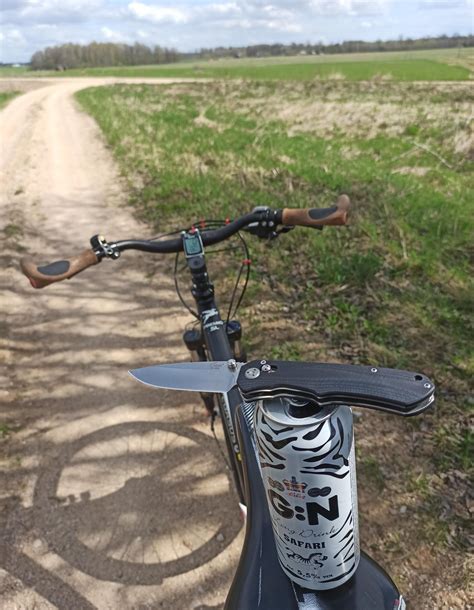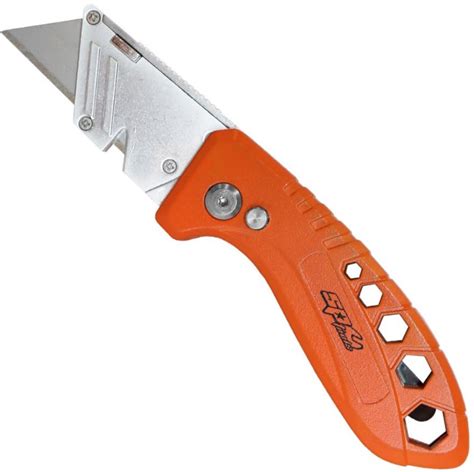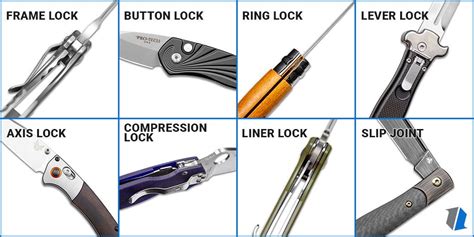The Crucial Role of a Reliable Knife Lock for Utility
An everyday carry (EDC) pocket knife is more than just a tool; it’s a dependable companion for countless tasks, from opening packages to light-duty cutting. For a utility-focused blade, the locking mechanism isn’t merely a feature – it’s the heart of its safety and functionality. A robust and reliable lock ensures the blade stays open during use, preventing accidental closure that could lead to injury. But with a myriad of locking systems available, which one truly excels for the demanding, varied world of utility?

Exploring Popular Locking Mechanisms
The knife market offers an impressive array of locking mechanisms, each with its unique engineering and operational characteristics. Understanding the core principles of the most prevalent types is key to making an informed decision for your utility knife.
Liner Lock
The liner lock is arguably one of the most common and recognizable locking systems. It utilizes a spring-tensioned liner, typically steel, that moves inward to wedge against the tang of the blade when opened, holding it securely. Its popularity stems from its simplicity, ease of one-handed operation (both opening and closing), and relatively low cost of manufacturing. For utility, it’s generally good, but its strength can be a point of debate depending on the liner’s thickness and heat treatment. Debris can sometimes interfere with its engagement.
Frame Lock
An evolution of the liner lock, the frame lock uses a portion of the knife’s handle frame itself as the locking bar. This usually means a thicker piece of metal (often titanium or stainless steel) provides a more robust lock-up compared to a standard liner. Frame locks are renowned for their strength, simplicity, and easy one-handed operation. They offer excellent durability and resistance to wear, making them a top contender for heavy-duty utility tasks. The main drawback can be accidental disengagement if too much pressure is applied to the frame while gripping the knife, though many designs mitigate this.

Back Lock (Lockback)
A classic and time-tested mechanism, the back lock, or lockback, involves a rocker arm that pivots on a spring, with a hook at one end engaging a notch in the blade’s tang. To disengage, a lever on the back of the handle is pressed, lifting the hook. Back locks are known for their exceptional strength and resistance to accidental closure, often considered one of the safest locks against spine pressure. However, they typically require two hands to close safely, which can be a minor inconvenience for rapid utility tasks. They are also somewhat susceptible to debris clogging the mechanism.
Axis Lock / Crossbar Locks
Proprietary to Benchmade (Axis Lock) but replicated in various forms by other manufacturers (e.g., Spyderco Ball Bearing Lock, SOG Arc-Lock), crossbar locks employ a small bar that slides in grooves cut into the handle scales and rests on the tang of the blade. This design offers ambidextrous, incredibly smooth, and swift one-handed operation for both opening and closing. They are highly regarded for their strength, reliability, and resistance to dirt ingress due to their enclosed nature. Many consider them among the safest and most efficient locks for all-around utility.

Compression Lock
Developed by Spyderco, the Compression Lock is essentially an inverted liner lock. Instead of locking from beneath, it locks from above the blade’s tang, pressing against it with a liner that is part of the handle’s scale. This provides exceptional strength, often exceeding that of a standard liner lock, and is generally considered very resistant to accidental closure. It also allows for easy, safe, one-handed closing without placing fingers in the blade path. Its robust nature makes it an excellent choice for utility, though it’s less common than liner or frame locks.

What Makes a Lock Preferred for Utility?
When selecting a utility-focused pocket knife, several factors beyond mere strength contribute to a preferred locking mechanism:
- Safety: Paramount. The lock must prevent accidental closure under various forces (spine pressure, tip pressure, twisting).
- Ease of Operation: One-handed opening and closing is highly desirable for quick tasks and when your other hand is occupied.
- Strength & Durability: The lock should withstand consistent use and moderate abuse without failing or developing play.
- Maintenance & Debris Resistance: A mechanism less prone to clogging with lint, dirt, or other foreign matter is advantageous for daily carry.
- Ambidexterity: While not essential for everyone, ambidextrous operation enhances the knife’s versatility.
The Verdict: A Matter of Preference (with Strong Contenders)
Ultimately, the “best” locking mechanism for a utility-focused men’s pocket knife often boils down to personal preference, hand size, and specific use cases. However, for a blend of strength, safety, and ease of one-handed operation, the Frame Lock and Axis Lock (or similar crossbar locks) frequently emerge as top contenders. Frame locks offer incredible strength and simplicity, while crossbar locks provide unparalleled ambidextrous smoothness and security.
Liner locks remain a solid, cost-effective choice for lighter utility, and the classic back lock provides rock-solid safety, albeit with often two-handed closing. The Compression Lock offers a fantastic blend of strength and safe one-handed closure, positioning itself as a premium utility option.
When making your choice, consider how you’ll primarily use the knife, your comfort with one-handed versus two-handed operation, and the importance of specific safety features. A good lock is an investment in both your tool’s longevity and your personal safety.





